Then There Was One: The U.S.S. Enterprise And The First Year Of War
Nonfiction, History, Germany, European General, Military, United States| Author: | Eugene Burns | ISBN: | 9781786257253 |
| Publisher: | Verdun Press | Publication: | November 6, 2015 |
| Imprint: | Verdun Press | Language: | English |
| Author: | Eugene Burns |
| ISBN: | 9781786257253 |
| Publisher: | Verdun Press |
| Publication: | November 6, 2015 |
| Imprint: | Verdun Press |
| Language: | English |
With the war in the Pacific well into its new, offensive phase, the best carrier story of the war can now be told. It is the story of the Enterprise, one of the Navy’s greatest fighting ships, the first carrier to receive the rarely awarded Presidential Citation. Of the seven first-line U. S. carriers when war began, four were sunk in the first year of war, another saw action in non-Pacific waters during the period involved, and another was out of action at the decisive moment. Then there was one—the Enterprise. Virtually alone, it held the long, thin Pacific line against overwhelming odds. It was part of the too little which was not, luckily for us, too late.
Then There Was One is a story of men—like Admiral “Bill” Halsey, who rode the Big E as his flagship; Air Group Cmdr. McClusky who, in what was officially termed “the most important decision of the entire action, helped win the Battle of Midway; Cmdr. Turner Caldwell whose decision to take eleven Enterprise planes to Guadalcanal helped determine the fate of the Solomons; young Lt. “Birney” Strong who fulfilled a life’s ambition and scratched one Jap flattop; Ensign Neal Scott whose dying letter to his parents is one of the most moving documents of the war—of these men and many others.
It is a story of battles—from that first Sunday morning when the Enterprise was returning to Pearl Harbor as the Japs were attacking it, right down through every major carrier action, save one, with the Big E writing one of the grandest record-breaking pages in naval history: 29 Jap ships sunk and 185 Jap planes destroyed. It is a story of courage and heroism in the face of two of the heaviest air attacks ever launched against any American ship by the enemy.
This is the carrier story long awaited by those who have followed our progress in the Pacific. For those who have not, it will be an exciting and inspiring eye-opener. This is it—the grand, glorious, and victorious first year of the U.S.S. Enterprise.
With the war in the Pacific well into its new, offensive phase, the best carrier story of the war can now be told. It is the story of the Enterprise, one of the Navy’s greatest fighting ships, the first carrier to receive the rarely awarded Presidential Citation. Of the seven first-line U. S. carriers when war began, four were sunk in the first year of war, another saw action in non-Pacific waters during the period involved, and another was out of action at the decisive moment. Then there was one—the Enterprise. Virtually alone, it held the long, thin Pacific line against overwhelming odds. It was part of the too little which was not, luckily for us, too late.
Then There Was One is a story of men—like Admiral “Bill” Halsey, who rode the Big E as his flagship; Air Group Cmdr. McClusky who, in what was officially termed “the most important decision of the entire action, helped win the Battle of Midway; Cmdr. Turner Caldwell whose decision to take eleven Enterprise planes to Guadalcanal helped determine the fate of the Solomons; young Lt. “Birney” Strong who fulfilled a life’s ambition and scratched one Jap flattop; Ensign Neal Scott whose dying letter to his parents is one of the most moving documents of the war—of these men and many others.
It is a story of battles—from that first Sunday morning when the Enterprise was returning to Pearl Harbor as the Japs were attacking it, right down through every major carrier action, save one, with the Big E writing one of the grandest record-breaking pages in naval history: 29 Jap ships sunk and 185 Jap planes destroyed. It is a story of courage and heroism in the face of two of the heaviest air attacks ever launched against any American ship by the enemy.
This is the carrier story long awaited by those who have followed our progress in the Pacific. For those who have not, it will be an exciting and inspiring eye-opener. This is it—the grand, glorious, and victorious first year of the U.S.S. Enterprise.
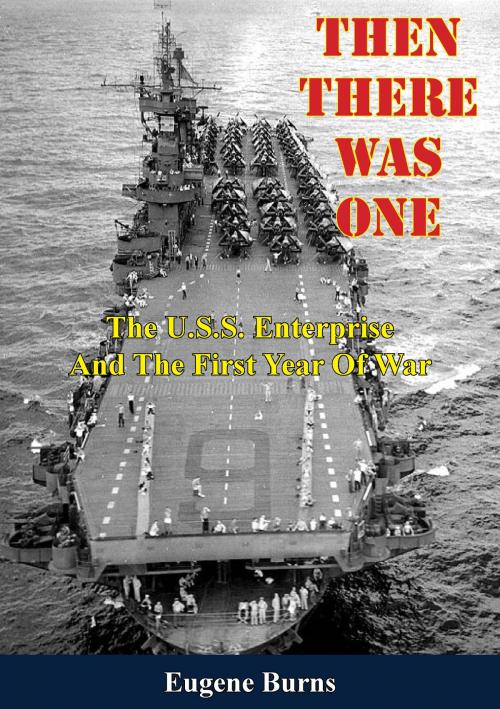

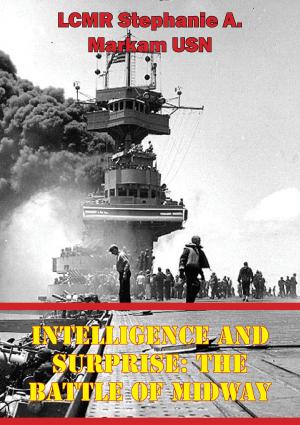
![Cover of the book Marines In World War II - The Defense Of Wake [Illustrated Edition] by Eugene Burns](https://www.kuoky.com/images/2014/august/300x300/9781782892755-aHVZ_300x.jpg)

![Cover of the book The Uncensored Dardanelles [Illustrated Edition] by Eugene Burns](https://www.kuoky.com/images/2013/march/300x300/9781782890577-oVu2_300x.jpg)
![Cover of the book Marines In World War II - The Campaign On New Britain [Illustrated Edition] by Eugene Burns](https://www.kuoky.com/images/2014/august/300x300/9781782892823-UYPK_300x.jpg)
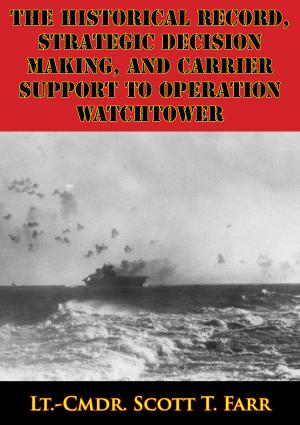
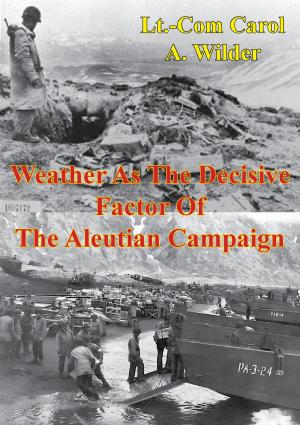
![Cover of the book Condition Red; Destroyer Action In The South Pacific [Illustrated Edition] by Eugene Burns](https://www.kuoky.com/images/2015/november/300x300/9781786252623-ExZ1_300x.jpg)


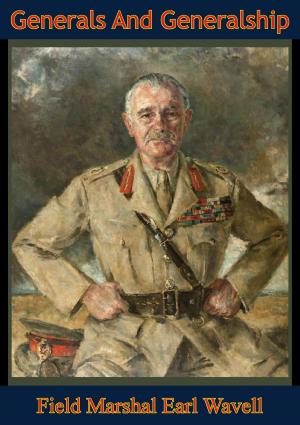
![Cover of the book The Official History Of The New Zealand Rifle Brigade [Illustrated Edition] by Eugene Burns](https://www.kuoky.com/images/2014/june/300x300/9781782892472-cpR2_300x.jpg)
![Cover of the book JOE FOSS, FLYING MARINE - The Story Of His Flying Circus As Told To Walter Simmons [Illustrated Edition] by Eugene Burns](https://www.kuoky.com/images/2014/august/300x300/9781782892946-qfiE_300x.jpg)
